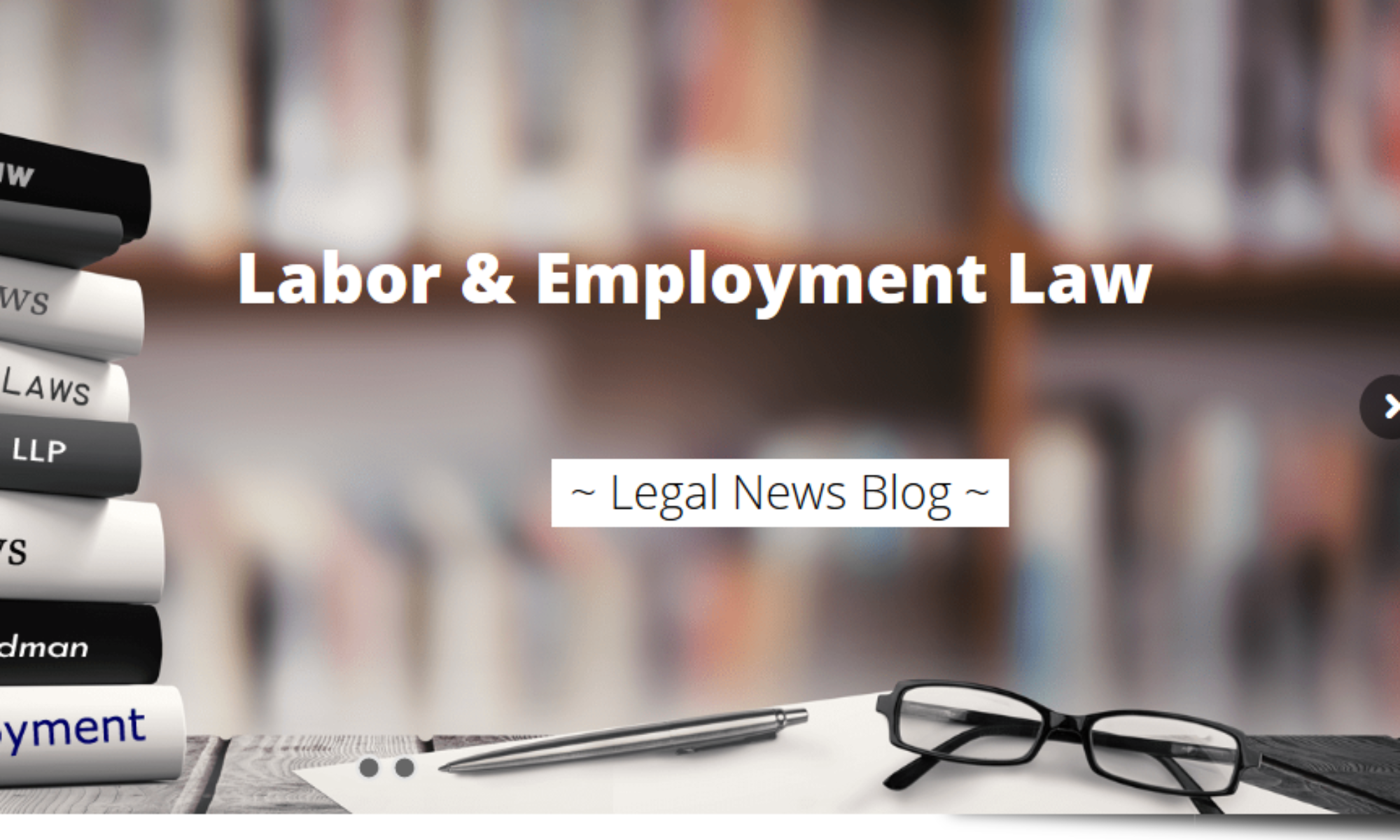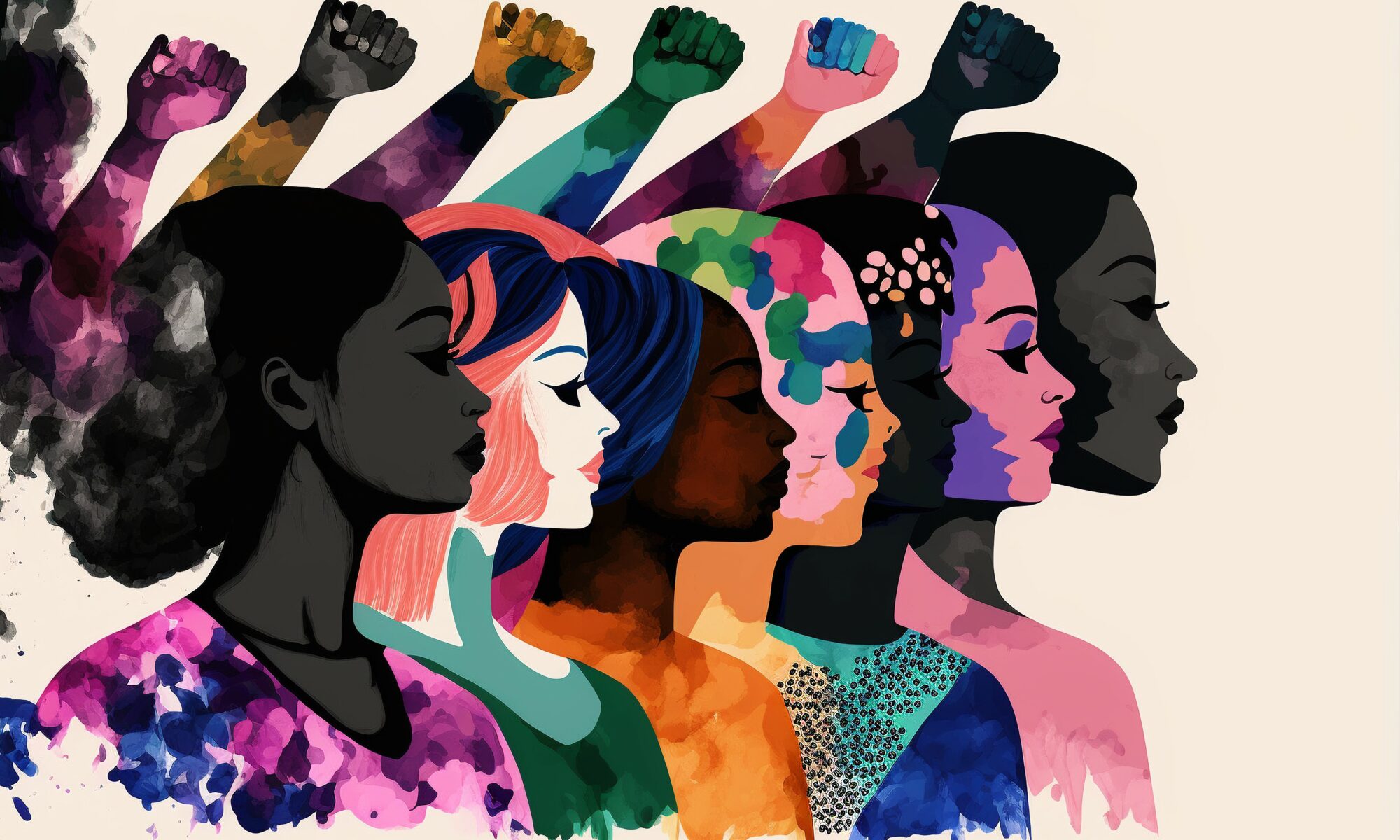Disney Settles $43M Gender Pay Discrimination Case
The entertainment giant’s settlement highlights ongoing workplace inequality issues affecting thousands of women employees across corporate America. When LaRonda Rasmussen discovered her male colleagues earned up to $40,000 more for identical work at Disney, she sparked a legal battle that would expose systemic pay discrimination and result in one of the largest gender pay gap settlements in recent years.
A Los Angeles state judge granted final approval of Disney’s $43.25 million settlement in April 2024, bringing closure to a class-action lawsuit that alleged widespread pay discrimination against women workers. The case serves as a stark reminder that even beloved entertainment companies are not immune to sex discrimination practices that have plagued American workplaces for decades.
This settlement represents more than just financial compensation—it signals a potential shift toward greater pay transparency and accountability in corporate America. The implications extend far beyond Disney’s Burbank headquarters, offering lessons for employers nationwide about the costly consequences of ignoring equal pay for equal work.
The Allegations That Started It All
LaRonda Rasmussen, a Manager in Product Development at Disney, filed the initial complaint after discovering shocking disparities in her compensation compared to male colleagues. Court documents reveal that in 2017, Rasmussen earned a base salary of $109,958 while six men holding identical “Manager, Product Development” titles received significantly higher compensation.
The pay gaps were staggering. The lowest-paid male manager earned over $16,000 more than Rasmussen, while the highest-paid male colleague received nearly $40,000 more for performing the same duties. Perhaps most egregiously, a recently hired male manager with several years less experience than Rasmussen was paid $20,000 more.
The lawsuit expanded to include nine other female plaintiffs: Karen Moore, Ginia Eady-Marshall, Enny Joo, Rebecca Train, Amy Hutchins, Nancy Dolan, Anabel Pareja Sinn, Dawn Johnson, and Kathy Ly. These women worked across different Disney divisions and departments but shared similar experiences of massive gender pay gap discrimination.
The complaint alleged that Disney systematically underpaid women employees “tens of thousands of dollars less than their male counterparts,” passed them over for promotions, and assigned additional work without compensation. The plaintiffs argued that these practices violated California’s Equal Pay Act and constituted unfair business practices under state law.
Settlement Terms Provide Relief and Reform
The $43.25 million settlement addresses both immediate financial harm and long-term systemic issues. The monetary compensation will be distributed among class members based on their individual circumstances and the extent of pay disparities they experienced.
Beyond financial relief, Disney agreed to non-monetary terms designed to prevent future discrimination. The company committed to having an outside labor economist conduct comprehensive pay equity analyses of certain positions for the next three years. While relatively short-term, this independent oversight represents a crucial accountability measure that could identify and address pay disparities before they become entrenched.
The settlement’s non-monetary provisions “will benefit current and future employees,” according to the plaintiffs’ attorneys. These reforms could establish new standards for pay transparency and equity within Disney’s corporate structure, potentially serving as a model for other large employers.
Disney’s Measured Response
Throughout the litigation, Disney maintained that its “employment policies and practices are lawful and appropriate.” The company did not admit wrongdoing as part of the settlement agreement, a common practice in class-action resolutions.
However, Disney’s actions during the lawsuit tell a different story. When Rasmussen first raised pay equity concerns with Human Resources in 2017, the company initially dismissed her claims, stating that her compensation disparity “was not due to gender.” Yet five months later, Disney increased her salary by $25,000, with internal records showing the “pay reason” as an “equity adjustment.”
This pattern of denying discrimination while simultaneously making “market force” adjustments suggests Disney recognized the validity of the pay disparity claims, even if they wouldn’t publicly acknowledge wrongdoing.
Broader Impact on Corporate America
Disney’s settlement sends a powerful message to employers nationwide about the financial and reputational risks of ignoring pay discrimination. The $43.25 million price tag represents more than just compensation for affected employees—it includes substantial legal fees, administrative costs, and opportunity costs that could have been avoided through proactive pay equity measures.
The case demonstrates how pay transparency can expose long-standing discrimination practices. When employees can compare compensation data, as Rasmussen did, patterns of sex discrimination become undeniable. This transparency threat is driving more companies to conduct voluntary pay equity audits and implement salary bands to prevent discrimination claims.
For current and former Disney employees, the settlement provides validation that their experiences of unequal treatment were real and actionable. The financial compensation cannot fully address the career setbacks and emotional toll of systematic workplace discrimination.
The Continuing Fight for Equal Pay
Disney’s case reflects broader challenges in achieving workplace equality. Despite decades of equal pay legislation, women still earn approximately 82 cents for every dollar earned by men, according to recent federal data. The gap widens significantly for women of color, highlighting the intersectional nature of workplace discrimination.
Pay equity audits, like those Disney must now conduct, are becoming standard practice for companies seeking to avoid similar legal exposure. However, voluntary compliance varies widely, and many employers still resist transparency measures that could reveal discriminatory patterns.
The California Equal Pay Act, under which Disney was sued, provides stronger protections than federal law by shifting the burden of proof to employers and allowing employees to discuss compensation without retaliation. Other states are adopting similar legislation, creating a patchwork of varying protections across the country.
Moving Forward: Lessons for Employers and Employees
In this case, while the parties were not represented by Helmer Friedman LLP, Disney’s settlement offers crucial insights for both employers and workers facing similar situations. Companies must recognize that pay equity is not just a legal requirement but a business imperative that affects recruitment, retention, and reputation.
For employees experiencing pay discrimination, the Disney case demonstrates the importance of documenting disparities and following formal complaint procedures. Rasmussen’s methodical approach—requesting a desk audit, comparing salaries, and escalating through proper channels—created a clear record of discrimination that proved invaluable in litigation.
The settlement also highlights the power of class action lawsuits in addressing systemic discrimination. Individual employees often lack resources to challenge large corporations, but collective action can level the playing field and create meaningful change.
If you’re experiencing pay discrimination or other forms of workplace inequality, documenting your situation and seeking legal guidance can help protect your rights and potentially benefit other affected workers. The attorneys at Helmer Friedman LLP have extensive experience handling discrimination cases and can provide confidential consultations to evaluate your situation.
Contact Helmer Friedman LLP today to discuss your potential pay discrimination claim and learn how we can help you fight for the equal pay for equal work you deserve.


